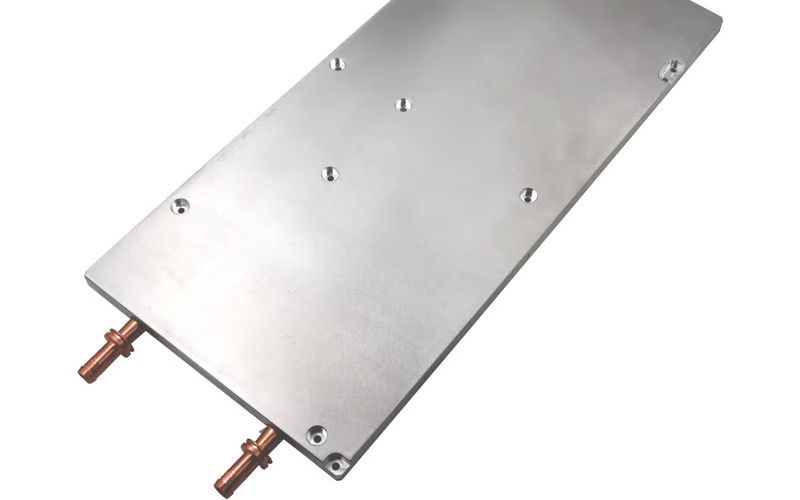Introduction
Water cooling has become a popular method to keep high-performance machines cool. In this article, we will discuss one of the essential components of a water cooling system: the water cooling plate. We will explore the advantages, types, and considerations of using a water cooling plate in your PC build.
What is a Water Cooling Plate?
A water cooling plate, also known as a water block, is a component in a liquid cooling system responsible for transferring heat from the CPU or GPU to the liquid. It is typically made of copper, aluminum, or a combination of both materials and serves as a heat sink for the processor.
The Advantages of a Water Cooling Plate
Compared to traditional air cooling systems, a water cooling plate offers various advantages, including:
- Better heat dissipation: Water is a more efficient heat conductor than air, making the cooling process more effective.
- Quieter operation: As the water cooling system doesn't require high-speed fans, it produces less noise.
- Higher overclocking potential: Overclocking can generate a lot of heat, and water cooling provides more headroom to push the limits of the system.
Types of Water Cooling Plates
There are two types of water cooling plates based on the material used in their construction:
- Copper Water Cooling Plate: Copper is a popular choice for its superior thermal conductivity, strength, and durability. It efficiently absorbs and transfers heat away from the processor. However, copper is more expensive than other materials, and it's prone to tarnishing.
- Aluminum Water Cooling Plate: Aluminum is lighter and cheaper than copper, making it a more affordable option. However, it has lower thermal conductivity and can corrode over time.
Considerations When Choosing a Water Cooling Plate
Here are some factors to consider when selecting a water cooling plate:
- Compatibility: Ensure that the water cooling plate is compatible with your CPU or GPU.
- Flow rate: The flow rate of the liquid should be high enough to effectively transfer heat away from the processor.
- Quality: Choose a well-built water cooling block that is leak-proof and made of high-quality materials.
How to Install a Water Cooling Plate
The process of installing a water cooling plate can vary depending on the manufacturer's instructions. However, the critical steps are:
- Remove the old heat sink and fan from the processor.
- Clean the processor and the water cooling plate of any thermal paste or debris.
- Apply a small amount of thermal paste on the processor.
- Mount the water cooling plate on the processor and screw it down firmly.
- Connect the water block to the pump, radiator, and tubing of the water cooling system.
The Top Water Cooling Plates in the Market
Here are some of the top water cooling plates on the market:
- Ek-Velocity CPU Water Block: This high-performance water cooling block uses a pure copper base to offer optimal cooling for high-end processors.
- Corsair Hydro X Series XC7 RGB: This stylish water cooling block features a clear acrylic design that glows with RGB lighting and a nickel-plated copper cold plate.
- Thermaltake Pacific W6 CPU Water Block: This robust water cooling block features an optimized copper base and anti-corrosion nickel plating.
The Importance of Maintenance
Like any other PC component, water cooling plates require regular maintenance to ensure optimal performance and longevity. Routine maintenance includes cleaning the water block of any buildup or debris and replacing the coolant every six to twelve months.
Conclusion
In conclusion, a water cooling plate is an excellent solution for cooling high-performance machines. With its superior thermal conductivity, quiet operation, and overclocking potential, it is a must-have component for serious PC enthusiasts. However, proper consideration must be given when selecting, installing, and maintaining a water cooling plate to ensure maximum effectiveness and longevity.

